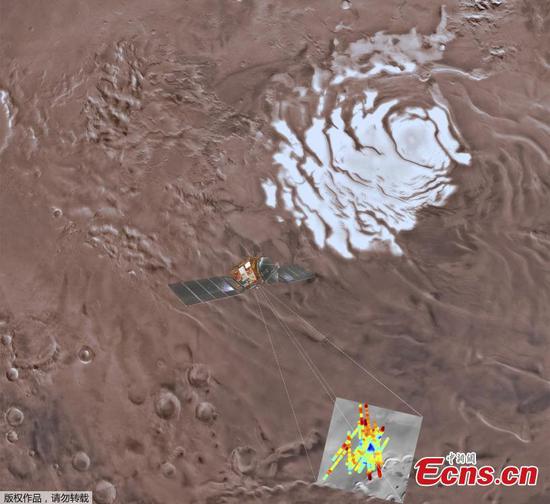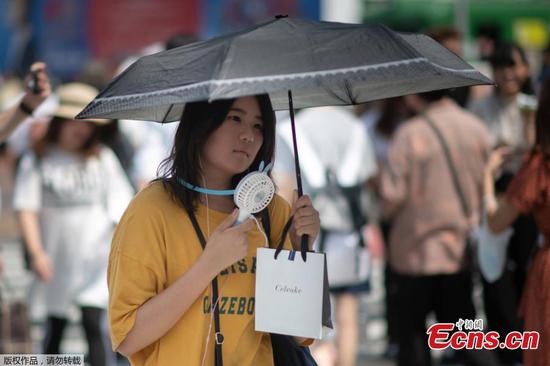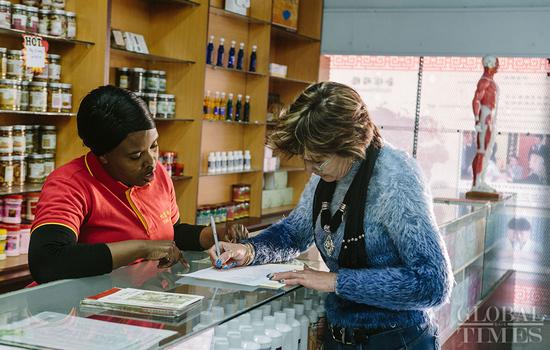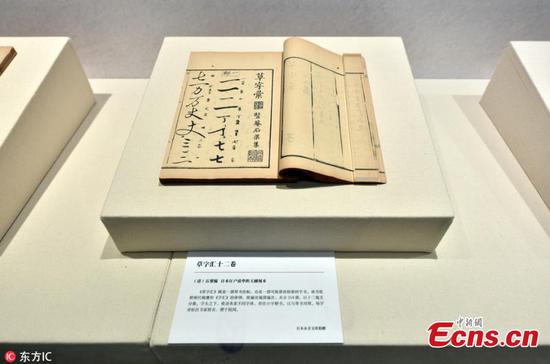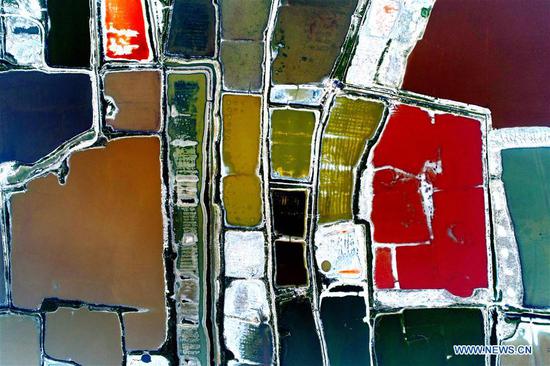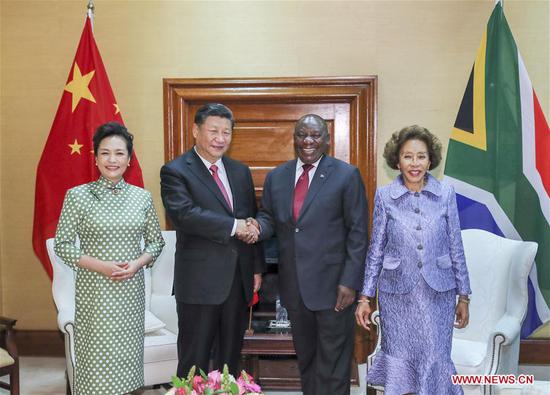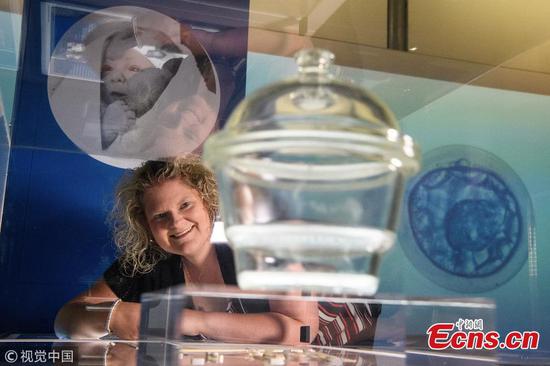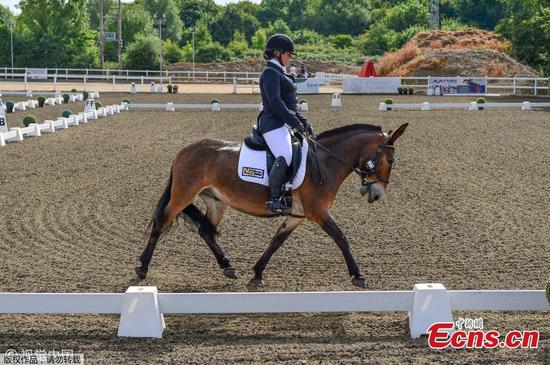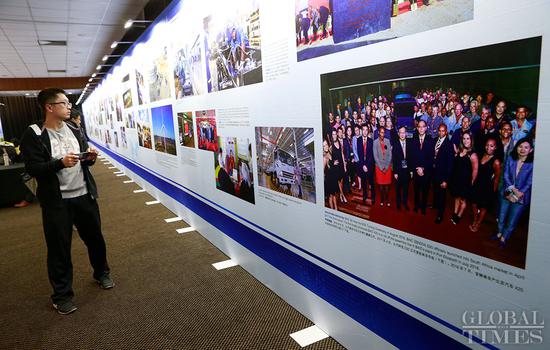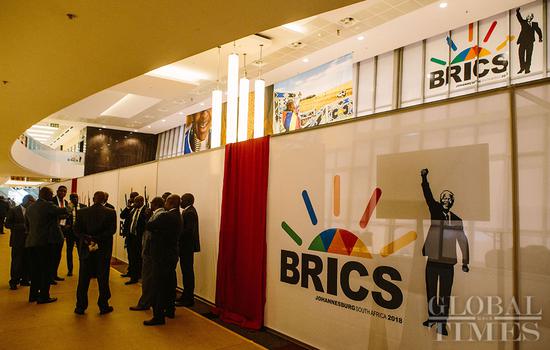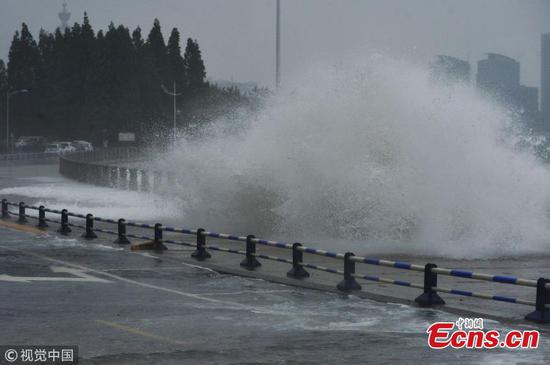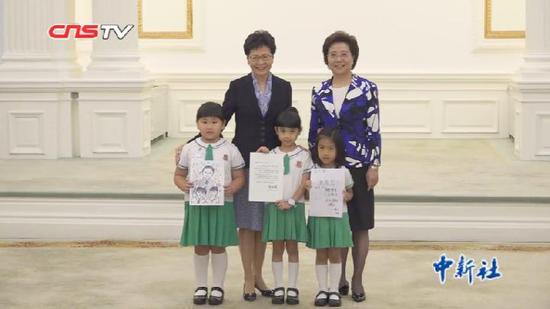Technology developed by Chinese scientists makes future quantum network safer, increases channel capacity
Chinese scientists have demonstrated a new quantum-based communication protocol, a particle technology likely to revolutionize global communication and computation in the 21st century, a chief scientist at the program said Wednesday.
Scientists at China's Academy of Sciences' Key Laboratory of Quantum Information deployed high-fidelity four-dimensional entanglement in quantum superdense coding (SDC).
The successful use of this high-dimensional quantum entanglement overhauls the functionality of quantum information processing, rendering it safer and more efficient, according to the findings of the lab at the University of Science and Technology of China in Hefei, East China's Anhui Province.
High-dimensional entanglement not only has better efficiency in information communication, but also better resistance against environmental disturbance, "making it even more difficult to crack," Li Chuanfeng, laboratory executive deputy director told the Global Times on Wednesday.
High-dimensional entanglement will make a future quantum network possible, in which information storage and transmission will be safer and more efficient, Li said.
Their experiment achieved 98 percent "fidelity," or accuracy, surpassing the limits of previous two-dimensional two-quantum bit (qubit) entanglement.
The Chinese research team published their findings in June in Science Advances, a science magazine run by the American Association for the Advancement of Science.
To achieve the breakthrough in high-quality, high-dimensional entangled states, the Chinese team had to link up a high fidelity four-dimensional entanglement device and distinguish between five four-dimensional Bell states.
China is currently the only country that can do both, Li said.
In 2016, a team of Chinese physicists led by Pan Jianwei realized a genuine entanglement of 18 quantum particles, beating their own world record. The team has set their next goal at 50.










